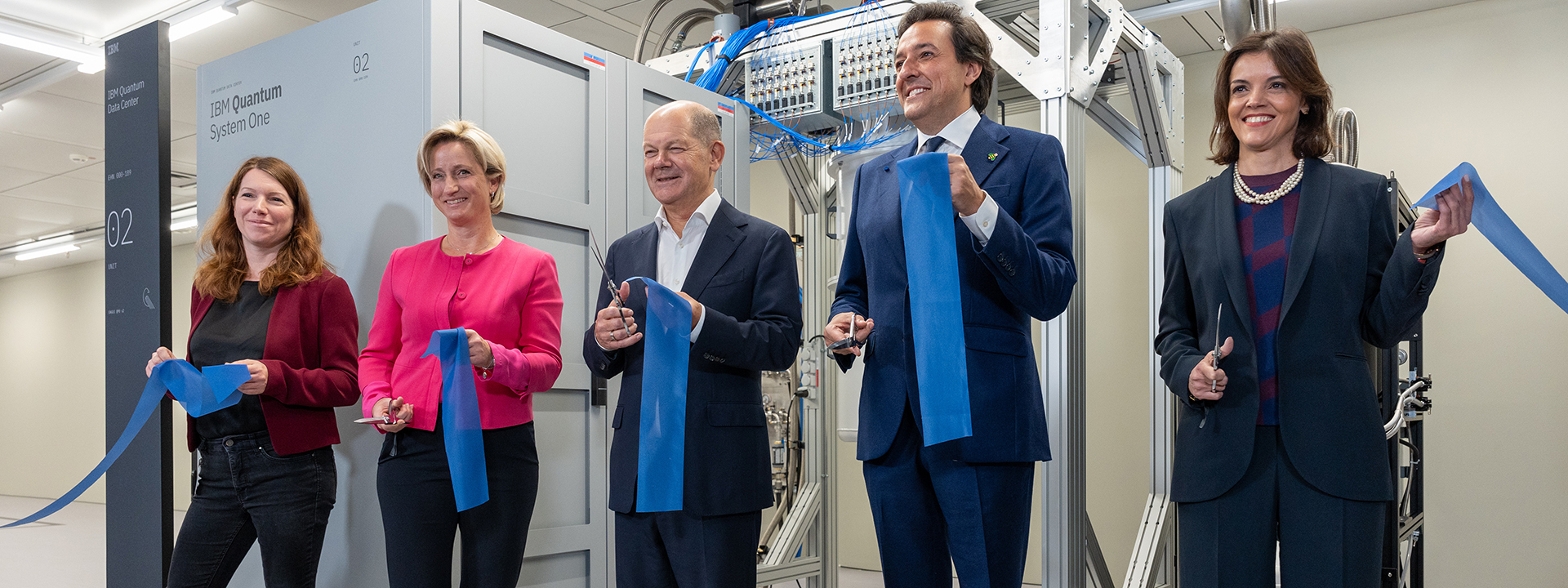
Navigating the New AI Landscape: The EU’s Bold AI Act
The AI Act, which came into effect on August 1, 2024, marks a significant milestone in the regulation of Artificial Intelligence (AI) systems worldwide. As the first comprehensive legislative framework addressing AI, it represents the European Union’s commitment to mend the relationship between technological advancement and public safety. This act establishes a structure intended not only to harness the benefits of AI but to mitigate associated risks effectively, focusing on the broader implications for the fundamental rights of EU citizens.
A Framework for the Future
The primary goal of the AI Act is to create a legal framework that governs the development and use of AI within the European Union. By categorizing AI systems according to risk levels, this act aims to provide clear directives on technology deployment while safeguarding the essential rights of individuals. Importantly, the act seeks to balance fostering innovation while ensuring robust protection against potential risks posed by this powerful technology. This approach is prospective, looking not only at current deployments but anticipating potential future applications of AI across various sectors.
Its risk-based approach categorizes AI systems into four distinct risk groups: 1) unacceptable risk, 2) high risk, 3) limited risk, and 4) minimal or no risk. Algorithms deemed to pose unacceptable risks—such as those that manipulate human behavior or violate fundamental rights—are prohibited outright. Those classified as high risk will face stringent regulatory standards, while systems of limited and minimal risk will endure more lenient requirements.
 Framework for AI management includes layered risk assessment protocols.
Framework for AI management includes layered risk assessment protocols.
Understanding Risk Classifications
The identification of various risk levels is crucial to the act’s effectiveness. High-risk AI systems are those deployed in sensitive areas, including healthcare, law enforcement, and critical infrastructure, where failures could lead to significant consequences for safety and rights. Such systems will be subjected to rigorous testing, transparency requirements, and accountability measures.
This classification system allows regulatory bodies to define an effective response strategy that includes compliance requirements with differing intensity based on the operational risk each AI system presents. For instance, tools in the employment sector that analyze and predict job performance might be viewed as a high risk due to their societal implications.
Furthermore, these risk assessments are not just theoretical exercises but practical measures guiding AI developers on how to structure and implement their technologies responsibly.
Striking a Balance
The EU’s AI Act embodies a delicate balance between promoting innovation and ensuring the safe deployment of AI technologies. With the rapid rate of technological change, there is a palpable concern that overly strict regulations could stifle innovation, while a lax approach could lead to harmful consequences. The AI Act attempts to reconcile these divergent priorities by laying out provisional measures that adapt to evolving technologies.
Additionally, the regulations are phased, allowing for a transition period that spans several years before full compliance is mandated, giving businesses and developers necessary time to align their processes with the new legal landscape.
 Engineers adapting to new regulatory frameworks can enhance both compliance and innovation.
Engineers adapting to new regulatory frameworks can enhance both compliance and innovation.
Holding Stakeholders Accountable
To enforce such a far-reaching regulation effectively, the AI Act places a strong emphasis on accountability for AI providers. Organizations involved in developing or deploying AI technologies must ensure their systems comply with the set standards. Violations of these provisions could result in substantial fines and legal repercussions, fostering a culture of compliance across different sectors.
This accountability extends beyond just technology developers; end-users and companies integrating AI into their services will also be required to demonstrate adherence to the AI Act. The expectations are clear: all stakeholders must engage in practices that embrace ethical considerations and accountability inherent in AI deployment.
The Road Ahead
As with any significant regulatory initiative, the real test lies ahead—monitoring and interpreting the implementation of these regulations will be critical to their success. The expansive nature of the AI Act dictates that adaptability will be vital; as the technological landscape evolves, so too must the regulations that govern it. Furthermore, as AI continues to permeate various sectors, how these regulations will adapt to unforeseen challenges remains an open question.
The AI Act not only defines a pathway for ethical AI governance within the EU but also sets a precedent that may inspire similar frameworks globally. Countries looking to establish their protocols may look to the EU’s approach as a robust model to navigate the complexities of AI integration.
Conclusion: A New Era of AI Integration
In conclusion, the AI Act represents a pivotal moment in the governance of AI technologies. By establishing a regulatory framework that prioritizes human rights, safety, and innovation, the EU is taking a comprehensive step toward a future where AI facilitates growth without compromising fundamental values. For every tech entrepreneur and developer, understanding these regulations is not an option but a necessity to thrive in a new era characterized by intelligent systems.
As we monitor the unfolding implications of the AI Act, it is vital for stakeholders across the globe to engage in conversations that ensure AI deployment is done responsibly. The coming years will be crucial in showing how well the EU can balance these demands while fostering a culture of responsible innovation.















